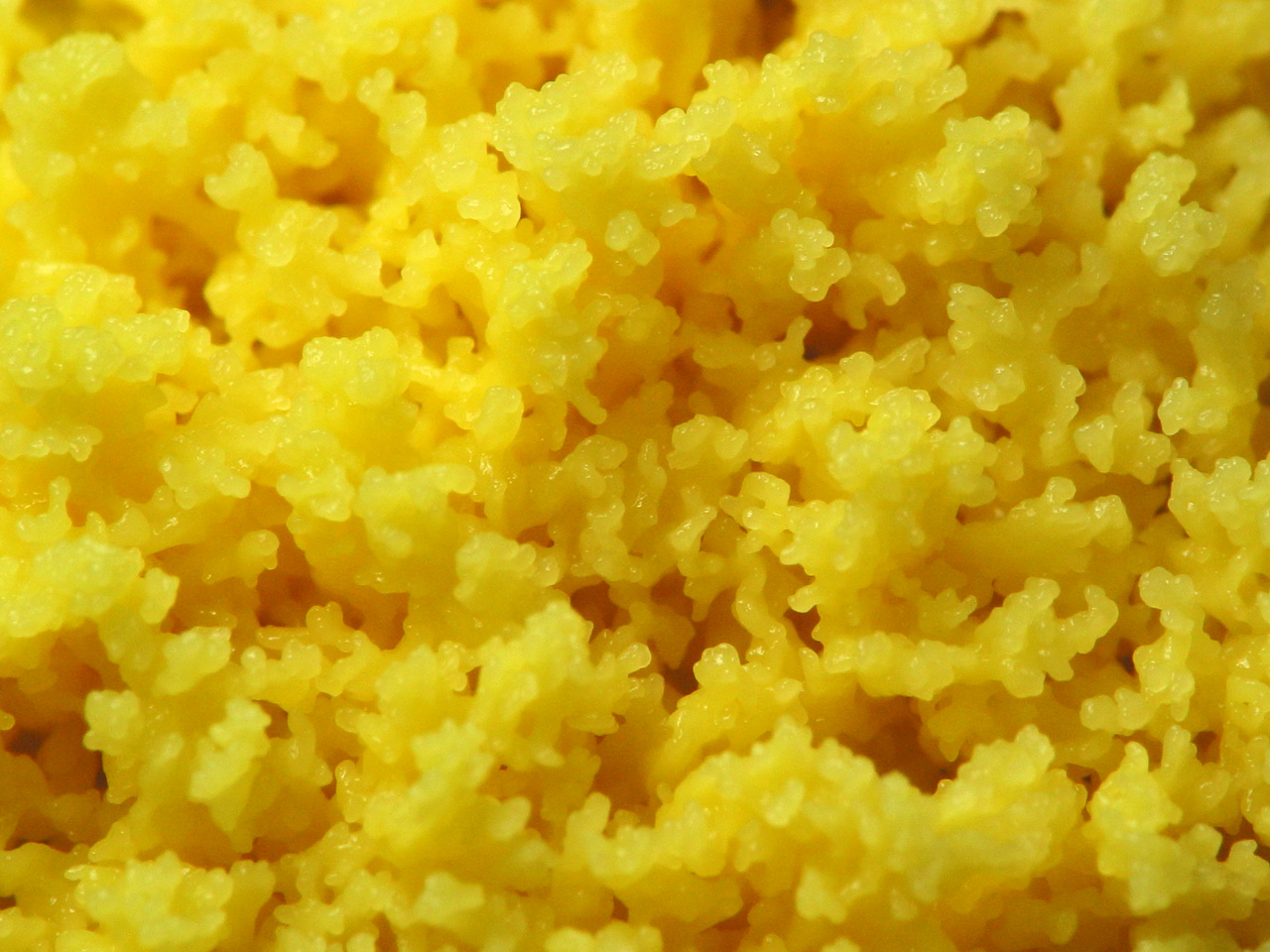
Fuligo septica · geltonasis kleckis
- scrambled egg slime, flowers of tan, dog vomit slime mold, Jasmine mold
- Gelbe Lohblüte
- geltonasis kleckis, geltonasis fuligas
- parastais ragansviests, dzeltenais ragansviests
- wykwit piankowaty, wykwit różnobarwny, wykwit zmienny, masło czarownicy
It is relatively common with a worldwide distribution. Fuligo septica grows on rotten wood and plant debris, but can also grow on the leaves and stems of living plants. Their spores are produced on or in aerial sporangia and are spread by wind.
Like many slime molds, the cells of this species typically aggregate to form a plasmodium, a multinucleate mass of undifferentiated cells that may move in an ameboid-like fashion during the search for nutrients. F. septica plasmodium may be anywhere from white to yellow-gray, typically 2.5–20 cm in diameter, and 1–3 cm thick. The plasmodium eventually transforms into a sponge-like aethalium, analogous to the spore-bearing fruiting body of a mushroom; which then degrades, darkening in color, and releases its dark-colored spores. F. septica produces the largest aethalium of any slime mold. This species is known to have its spores dispersed by beetles (family Latridiidae).
The spores have a two-layered wall, with a dense outer layer with spines, and a fibrous inner layer. During germination, the outer layer splits to create an opening, and more elastic inner layer ruptures later as protoplasm emerges. A remnant of the inner layer may be persistent and adhere to the protoplast after it has emerged from the spore. A peroxidase enzyme present in the inner cell wall plays a role in germination.
2178
0 comments
Add a comment